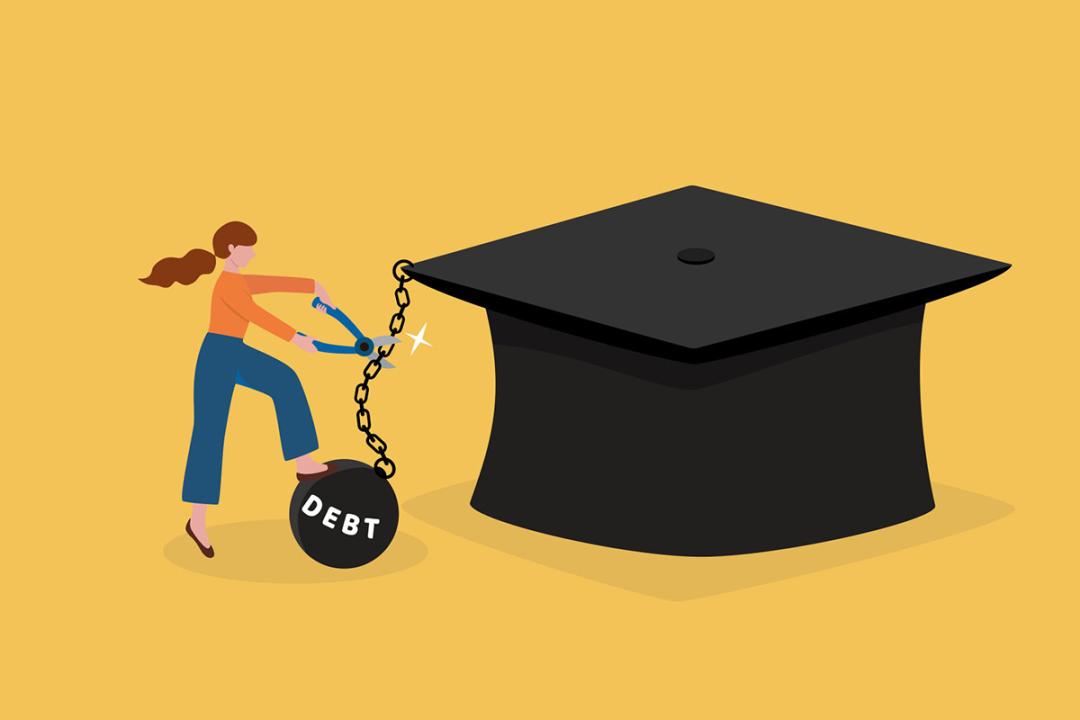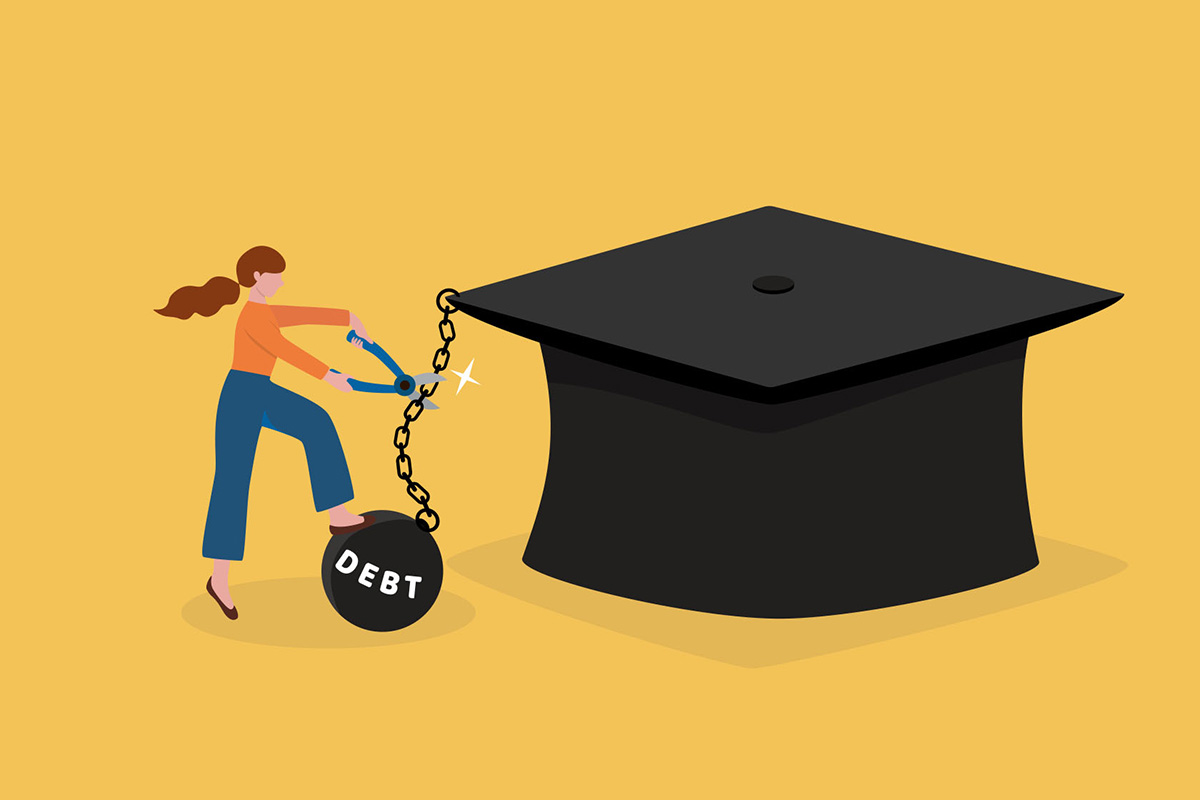Freedom from Debt

Freedom from Debt
- min read
We want the best for our children and, for many, that means higher education; but college may seem out of reach due to its high cost and the debt burden that often accompanies it. The Education Data Initiative reports that the average student loan debt is $37,693, and, for 50% of those students, this debt is still unpaid 20 years post-college. Likewise, those who attend graduate school may take 45 years to pay off their school debt. No one wants their child to take out copious loans to pay for school. One way to reduce this debt – and the stress it causes – is to open and contribute to a 529 education savings account. Its structure and benefits far outweigh traditional savings accounts.
The Cost of College
According to a Georgetown University report, the cost of college has increased by 169% since 1980. The College Board, notes that for the 2021-2022 academic year, the average tuition and fees for full-time students at four-year colleges is $10,740 for public and $38,070 for private schools. A private school will cost you over $152,000 for four years. For many, significant loans may be necessary to attend the college of their choice.
The 529 College Savings Account
Few are aware of 529 plans and their ample benefits. In fact, a 2018 report by Sallie Mae showed that 51% of college savers did not know about 529 accounts, and only 30% of college savers use 529 accounts: the rest put their money in traditional savings accounts. Unlike these accounts, 529 plans provide numerous advantages when planning for higher education. You can open an account for your child at any age, and you can contribute as much as you want, or when you are able as there is no minimum contribution. 529 account withdrawals and contributions are tax-free as long as they are used for qualified higher education expenses. If you are a New Mexico resident, you may also be eligible for a state tax deduction annually on contributions to a 529 account with The Education Plan.
The Qualified Expenses
Qualified higher-education expenses include such items as tuition, room and board, computers, software, special needs equipment, some school abroad programs, and other items required for college. You may make withdrawals for these qualified expenses at any time in your student’s life and in any way: spread across multiple academic years, in lump sums, or automatic withdrawals, if the chosen college offers this option. Your child must be enrolled at least part-time for the expenses to be “qualified.” So, make sure your withdrawals are for the appropriate expenses and follow the rules; otherwise, you will be subject to tax and a 10% penalty.
The Way Out
The Education Data Initiative reports that, nationally, the total student loan debt is $1.747 trillion, and 43% of students report that they incurred some type of loan debt. The good news is there are ways to help prevent or reduce loan burden. Using a 529 plan takes the sting out of the inevitable costs of college. You can use a 529 account to pay back student loans up to $10,000, although be aware New Mexico law does not permit state tax deductions for contributions used for the repayment of debt. 529 accounts are invested in mutual funds, which typically have a higher rate of return. Traditional savings accounts do not have that same potential for gain. Over the years, your contributions – and those from others, such as grandparents, family, and friends – have the ability to grow in a 529 account, particularly if you add to it regularly. You may contribute via lump sums, regular withdrawals from your paycheck, or rollovers (with some restrictions). Even if you can only afford to invest small amounts, that’s okay: savings grow over time as investment earnings are reinvested automatically back into the account. You may manage the account yourself or use a financial professional, if needed, to help you maximize that growth.
Don’t let you or your children play a game of catch-up when it comes time to pay for college. Open and contribute to a 529 plan now, whether your child is in day care or high school, and watch your money grow much more quickly than in a traditional savings account. The investments you make in a 529 education savings plan will prepare your child for college without debt or with substantially less debt, even as college costs continue to rise.

Recent Articles


A College Savings
Award Program
The deadline to apply for the Saving for Success Award is December 21, 2022.
APPLY NOW







